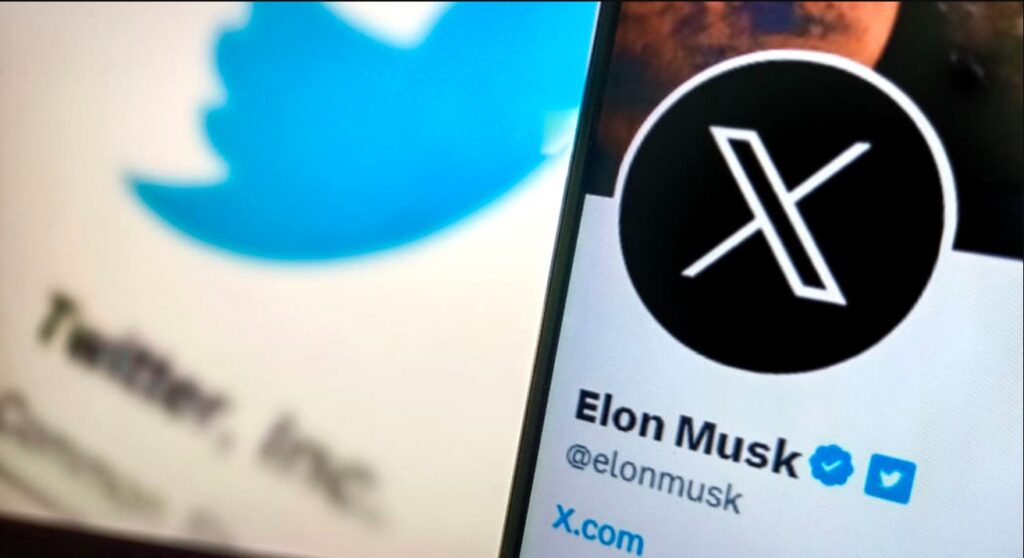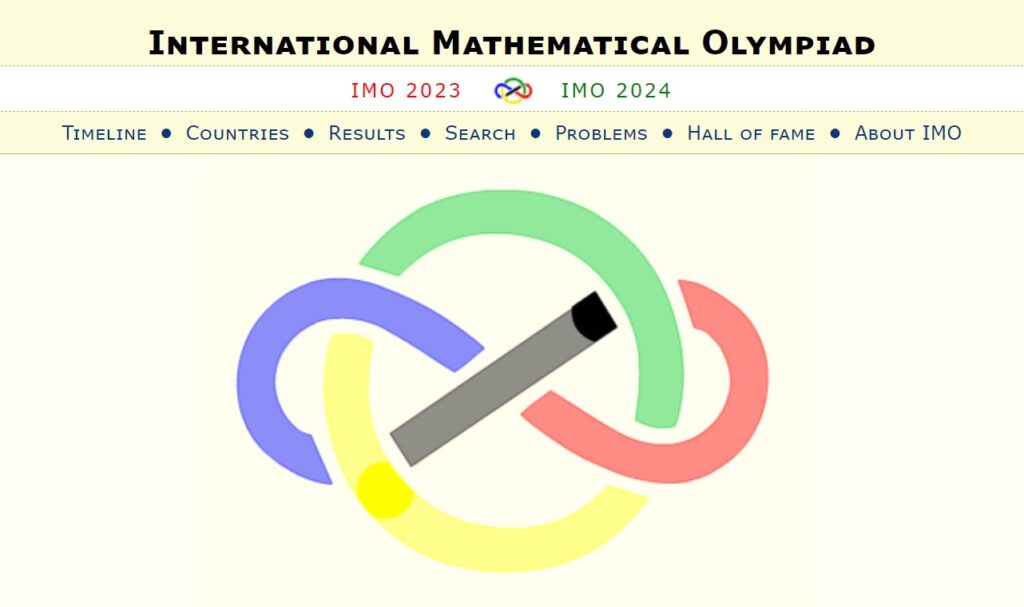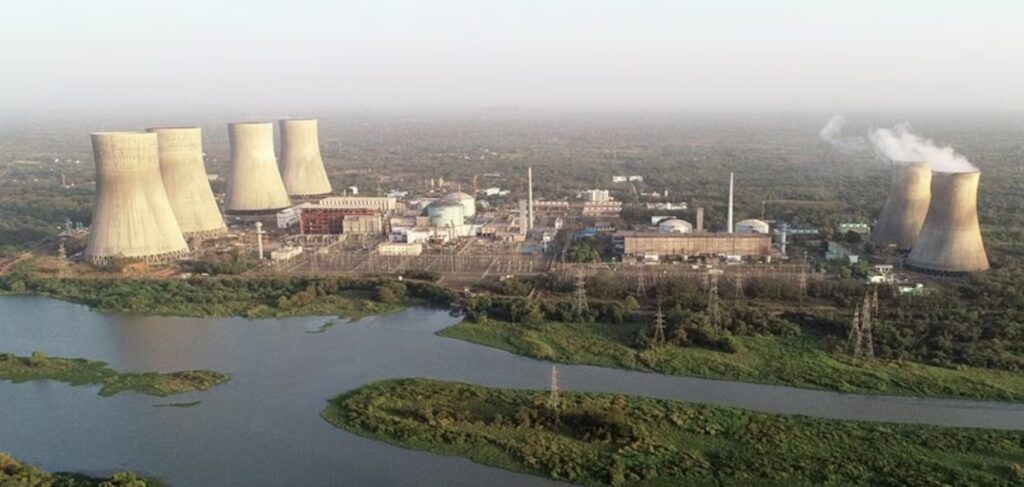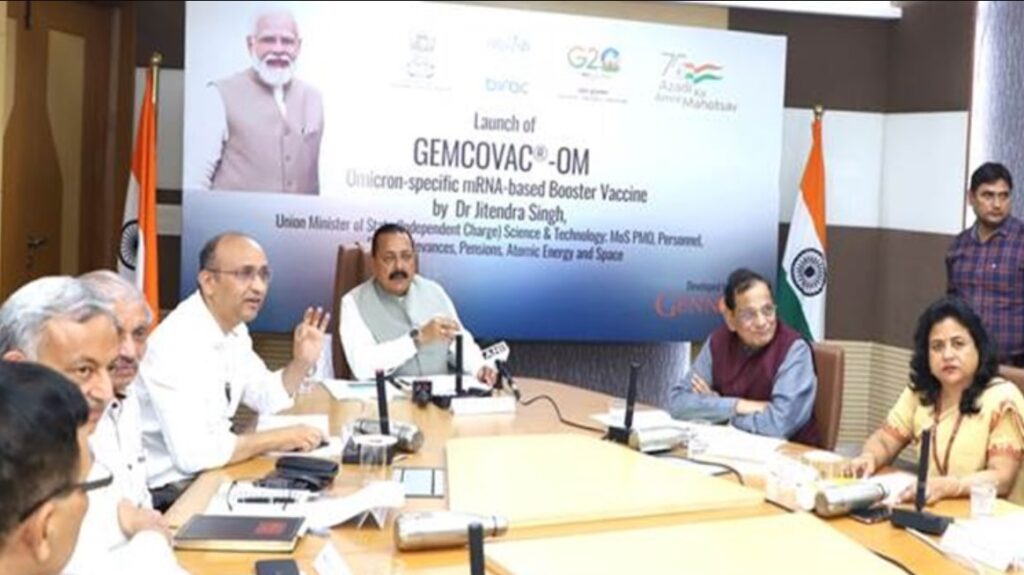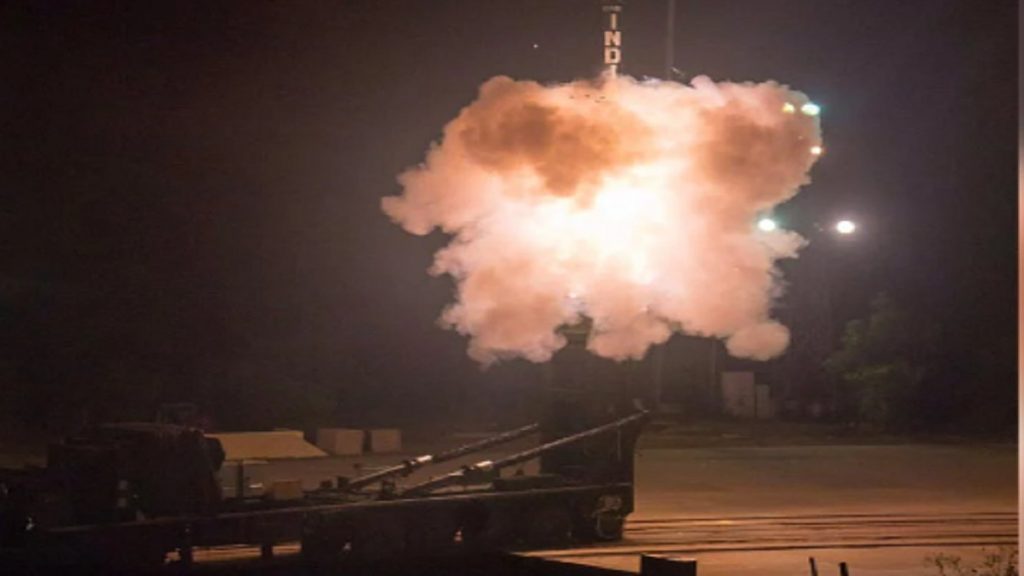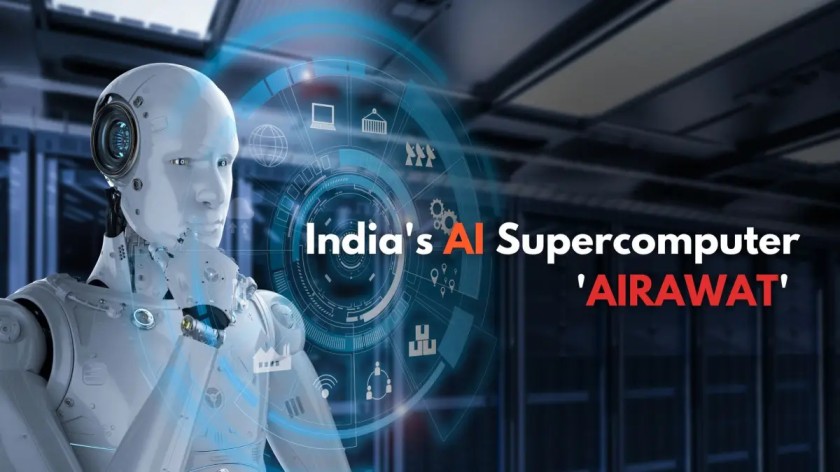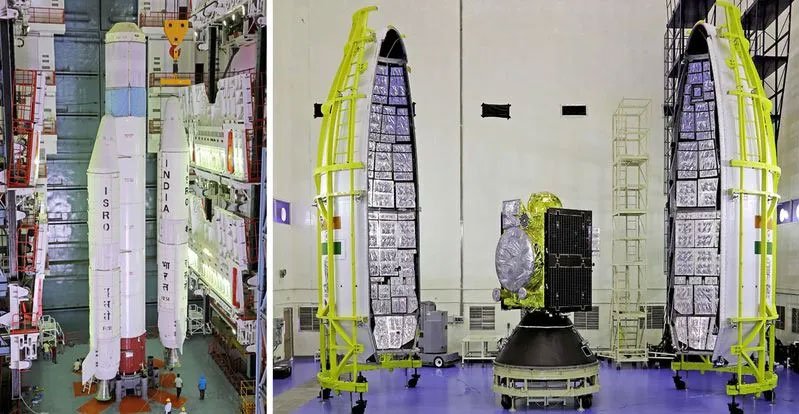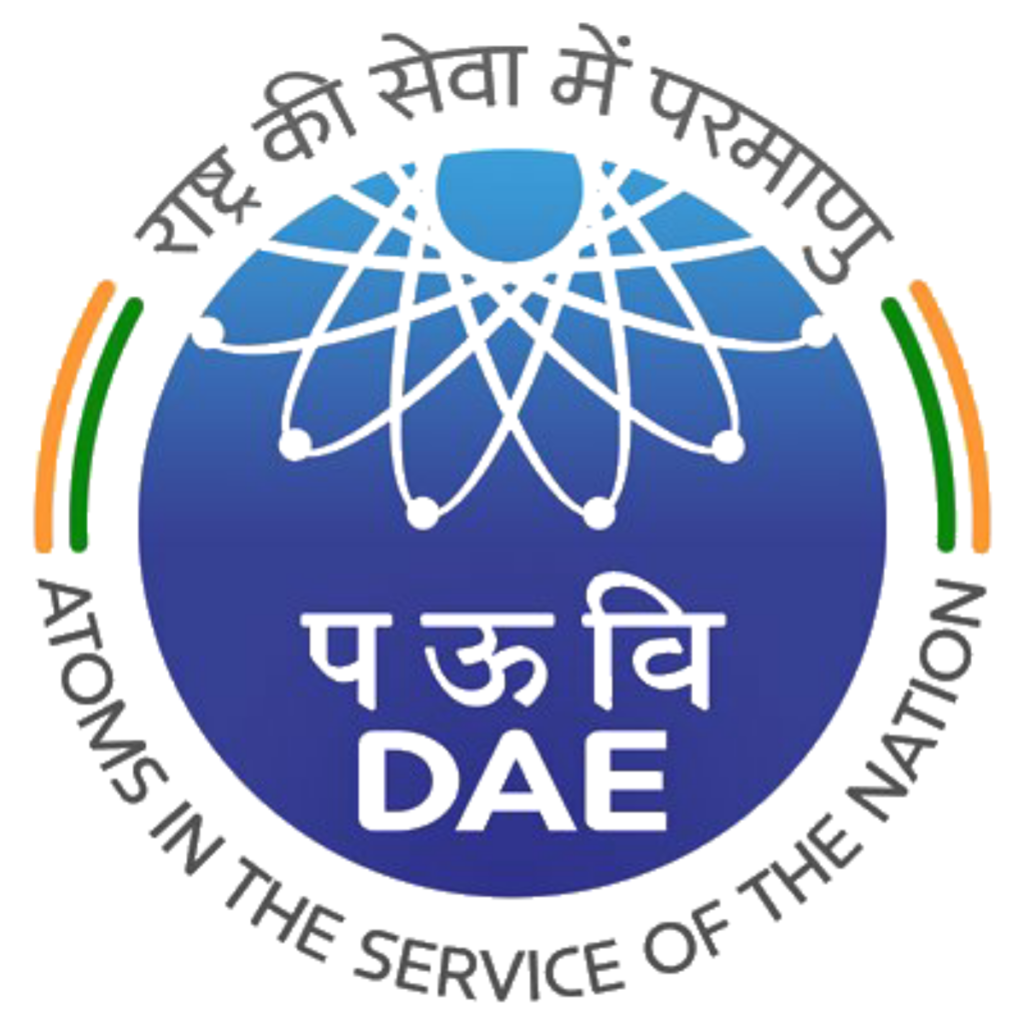Twitter Unveils New Logo in Major Rebranding Move: Blue Bird Replaced with an X
Twitter has launched a new logo on 24 July 2023, replacing the iconic blue bird with an X as part of a broader rebranding effort.
- Twitter’s owner, Elon Musk, along with the Chief Executive Officer Linda Yaccarino, unveiled the new logo for the platform.
- The rebranding comes as the latest change since Elon Musk acquired Twitter in October 2022 for $43.2 billion.
- Twitter is an online social media and networking service owned and operated by American company X Corp, which is the successor of Twitter, Inc.
- The platform was originally created by Jack Dorsey, Noah Glass, Biz Stone, and Evan Williams in March 2006, and it was officially launched in July of the same year.
Q.: What is the recent change made by Twitter in its branding?
a) Changed its name to X Corp.
b) Replaced its blue bird logo with an X.
c) Introduced a new social media platform.
d) Acquired a competitor company.
Ans : b) Replaced its blue bird logo with an X.
